The days of browsing the aisles of the health food stores in search of a diet pill that may or may not work are dwindling fast. Green coffee bean extract, raspberry ketones, and garcinia cambogia simply can’t match the proven results promised by GLP-1 medications.
The resulting surge in popularity is clear. Research foundation Nesta put the number of UK adults using GLP-1 drugs such as Ozempic (semaglutide), WeGovy (semaglutide) and Mounjaro (tirzepatide) at 1.6 million earlier this year. That’s around 2.5% of the UK adult population.
Their rapid rise in uptake has already begun to reshape shoppers’ grocery baskets. Households with at least one GLP-1 user are spending 5.5% less at the till, according to research by Worldpanel exclusively reported by The Grocer in June.
Since then, manufacturer Eli Lilly has raised the list price of Mounjaro for private patients in the UK by up to 170%, forcing some users to explore alternatives. Yet the sector is showing no sign of slowing down, with major players in the wellness sector listing their response to the GLP-1 boom among their key priorities as they look forward to 2026.
Nutrient density is king
At the launch of its Wellness trends 2026 report this morning, Holland & Barrett warned that “fewer than one in five (17%) Britons meet the 5 a day fruit and vegetable recommendation”. That shortfall is exacerbated for GLP-1 users, who often miss out on important nutrients as a result of eating less overall, as well as a narrower variety of foods.
As calorie intake falls, nutrient density becomes king. This means that the real opportunity lies not in selling more (because GLP-1 users simply don’t react to value offers, packaging and olfactory cues in the same way as the rest of us), but in selling products that deliver complete nutrition in smaller portions.
There are other shortfalls, too. According to the National Diet Survey 2019-2023, 96% of UK consumers do not get the recommended 30g of daily fibre.
At various times over the past decade, fmcg companies have repeatedly tried to position fibre as a the natural successor to protein in functional foods or as a dietary supplement – from Arla’s short-lived fibre-packed yoghurts that launched back in 2018, to Danone’s decision to revive the idea earlier this year as the market continues to mature.
As a result of all this, H&B predicts 2026 will bring “a significant trend towards comprehensive wellness packages”, with consumers seeking high-protein, high-fibre and micronutrient-rich foods to maintain their muscle, hair and metabolic health during weight-loss treatment. This has driven what the retailer calls “GLP-1 support stacks” – tailored combinations of protein, vitamins and minerals designed to counter the common side effects of these medications and sustain overall nutrition.
Holistic health
For weight loss itself though, two natural ingredients stand out, the retailer says. The first is Eriomin, a citrus-derived blend of flavonoids, which has been “scientifically studied for its ability to support the body’s natural production of GLP-1”. And there’s Metabolaid, which combines hibiscus and lemon verbena, and “may support healthy weight management and heart health by helping with satiety, fat metabolism and blood-pressure balance”.
Naturally, these ingredients sit far closer to the wellness industry’s comfort zone than the highly medicated space weight loss has become. And they’re proof the sector can evolve beyond the old willpower rhetoric in tackling the obesity crisis.
For wellness and functional food brands, embracing medication-assisted weight loss marks a shift towards meeting consumers on a holistic health journey – albeit one that increasingly blurs the lines between diet and medicine.





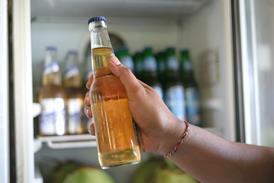

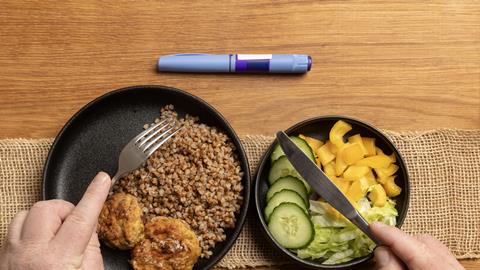

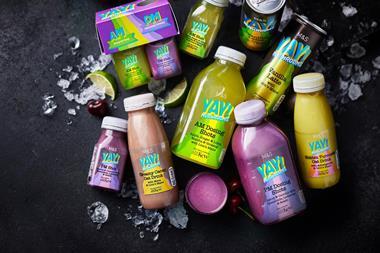


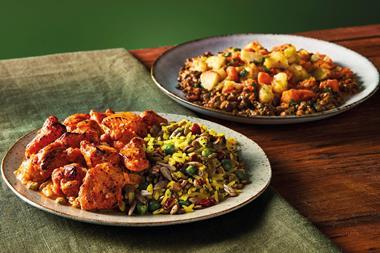




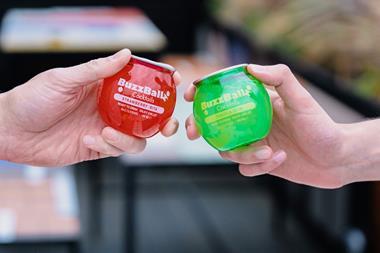
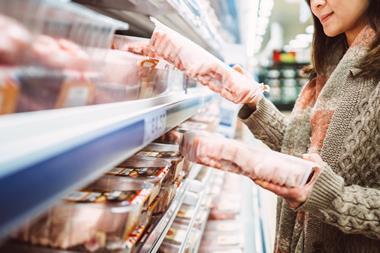
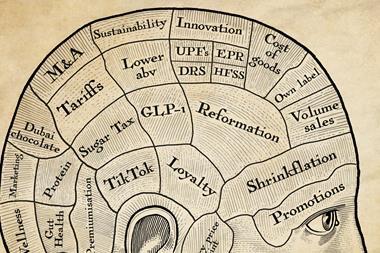
No comments yet